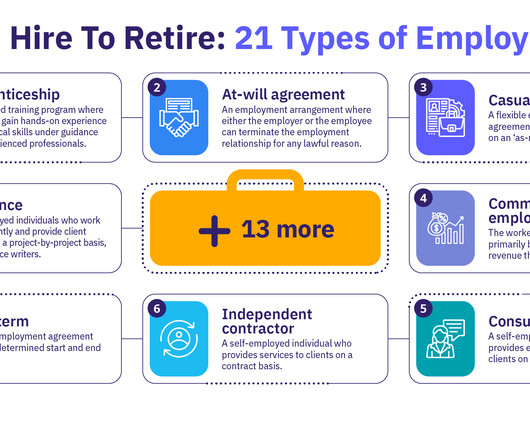When M&A Is Not the Best Option for Hospitals
Harvard Business Review
NOVEMBER 18, 2013
Historically, larger scale has offered hospital systems a number of advantages, including increased referral volumes, better access to capital, stronger pricing power, and classic cost economies. For instance, larger scale has enabled many hospital systems to lower their per-patient operating costs significantly.














Let's personalize your content